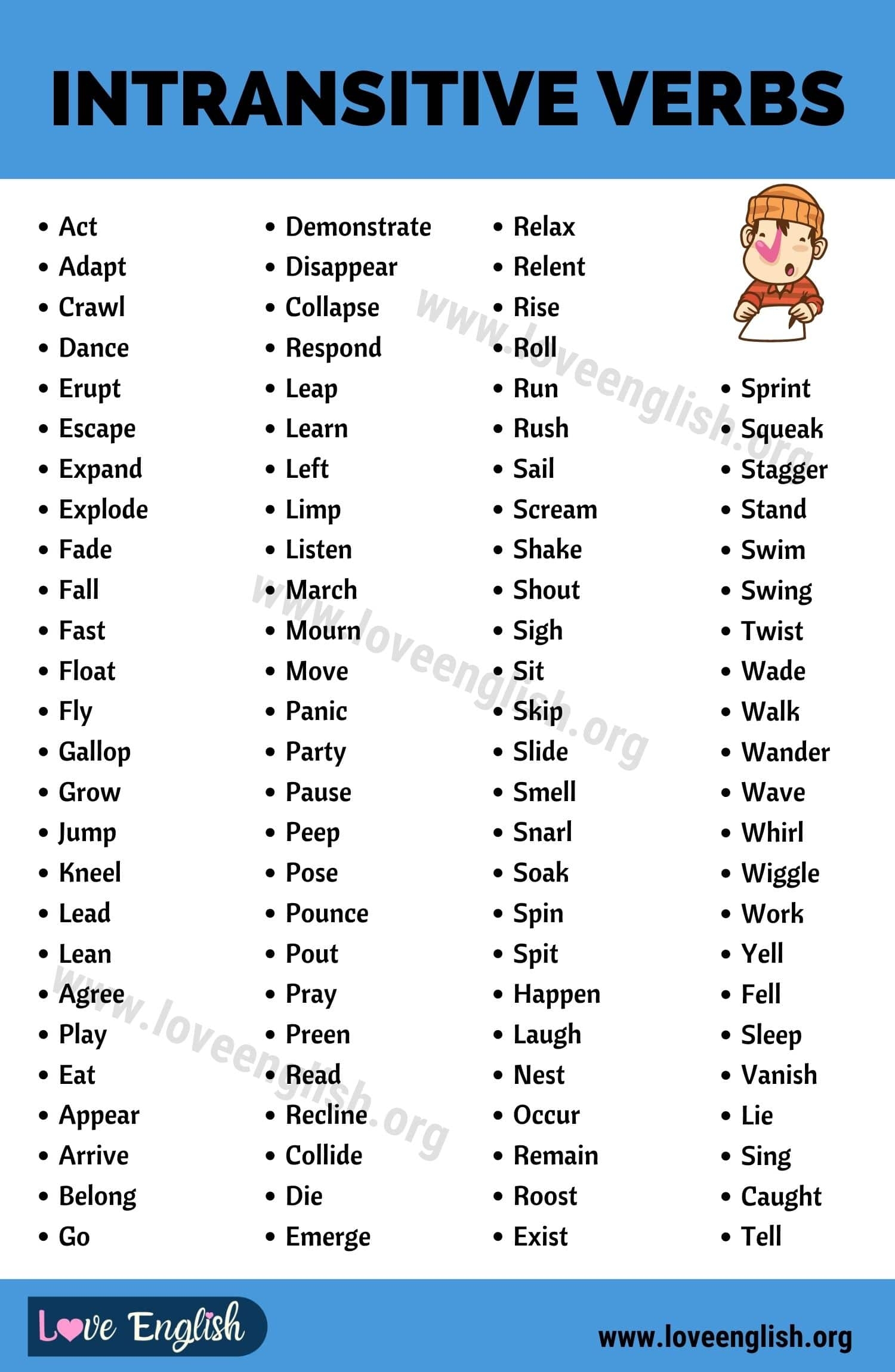Transition verbs are an essential part of writing as they help to connect ideas and create a smooth flow between sentences and paragraphs. These verbs indicate relationships between different parts of a sentence or paragraph, making the writing more coherent and easier to follow.
Understanding how to use transition verbs effectively can significantly improve the clarity and organization of your writing. In this article, we will explore some examples of transition verbs and how they can be used to enhance your writing.
Transition Verb Examples
1. However: This transition verb is used to introduce a contrasting idea or to indicate a shift in direction. For example, “She wanted to go for a walk; however, it started raining.”
2. Furthermore: This transition verb is used to add more information to a previous point. For example, “The new policy will increase efficiency. Furthermore, it will reduce costs.”
3. On the other hand: This transition verb is used to introduce an alternative perspective or contrasting point. For example, “Some people prefer coffee in the morning. On the other hand, others prefer tea.”
4. Moreover: This transition verb is used to add another point that supports the previous one. For example, “The company has a strong marketing strategy. Moreover, it has a loyal customer base.”
5. In conclusion: This transition verb is used to signal the end of an argument or discussion. For example, “In conclusion, the study has shown that exercise has numerous health benefits.”
Using transition verbs effectively can help to create a logical progression in your writing and guide the reader through your ideas. By incorporating these examples into your writing, you can improve the coherence and clarity of your work.
In conclusion, transition verbs are valuable tools for writers looking to improve the flow and organization of their writing. By using examples such as “however,” “furthermore,” “on the other hand,” “moreover,” and “in conclusion,” you can enhance the structure of your writing and make it more engaging for your readers.
